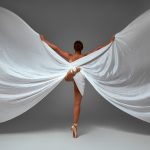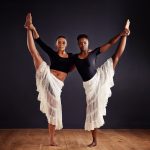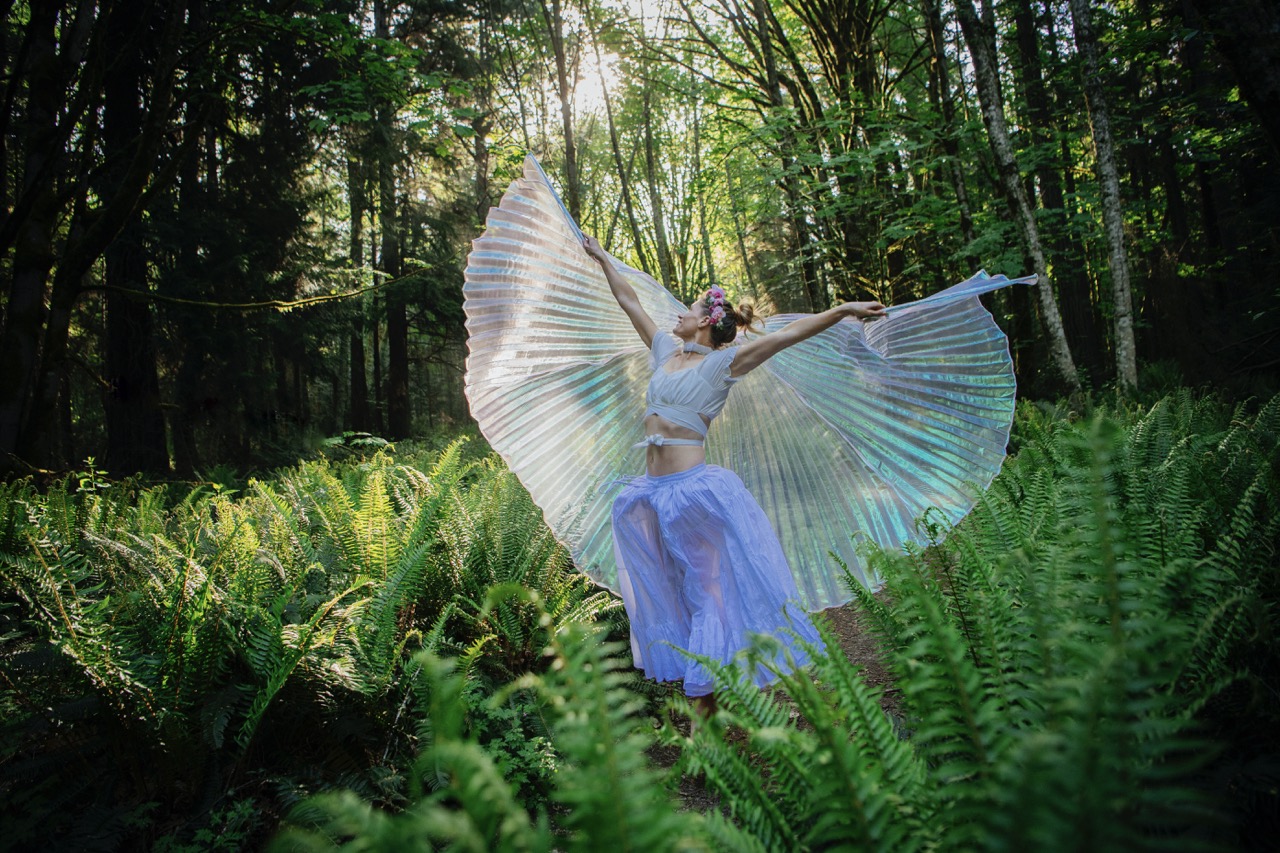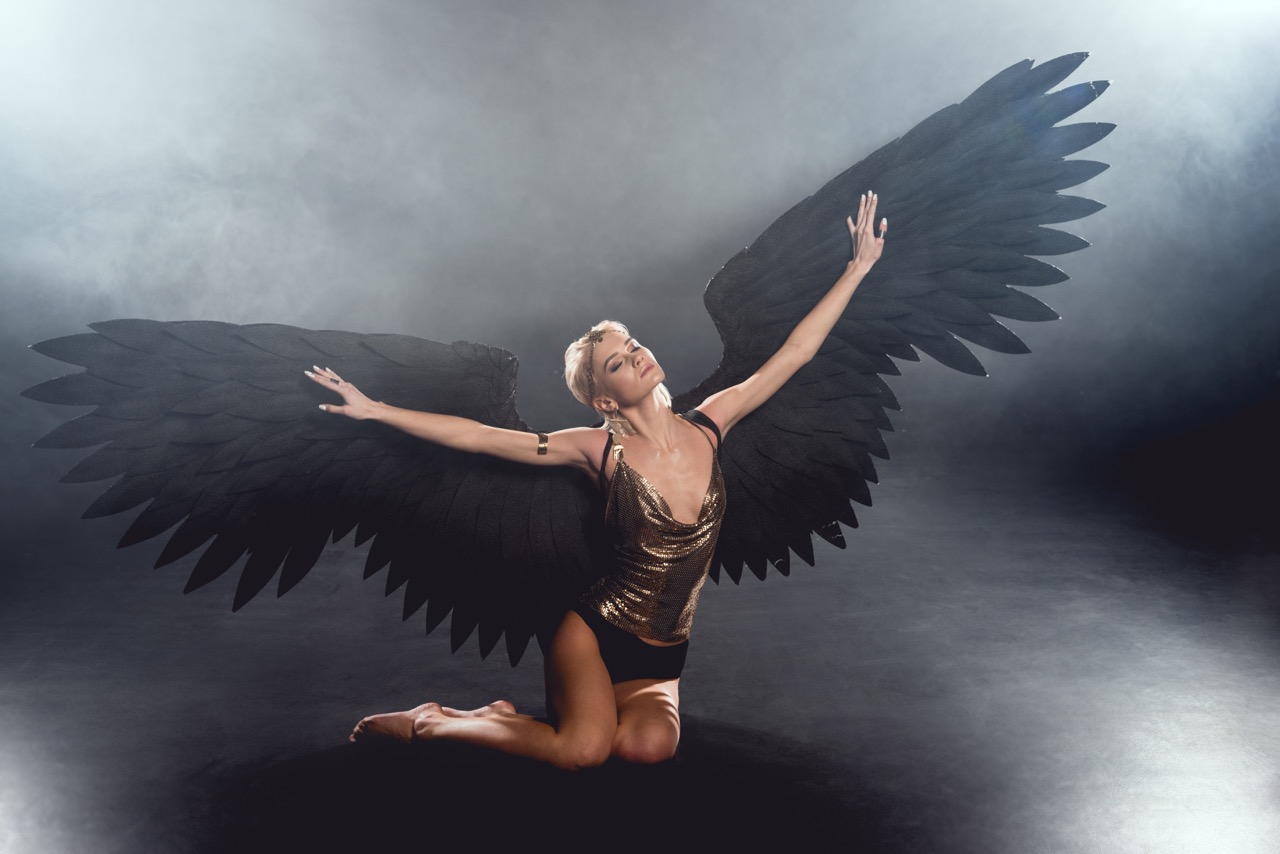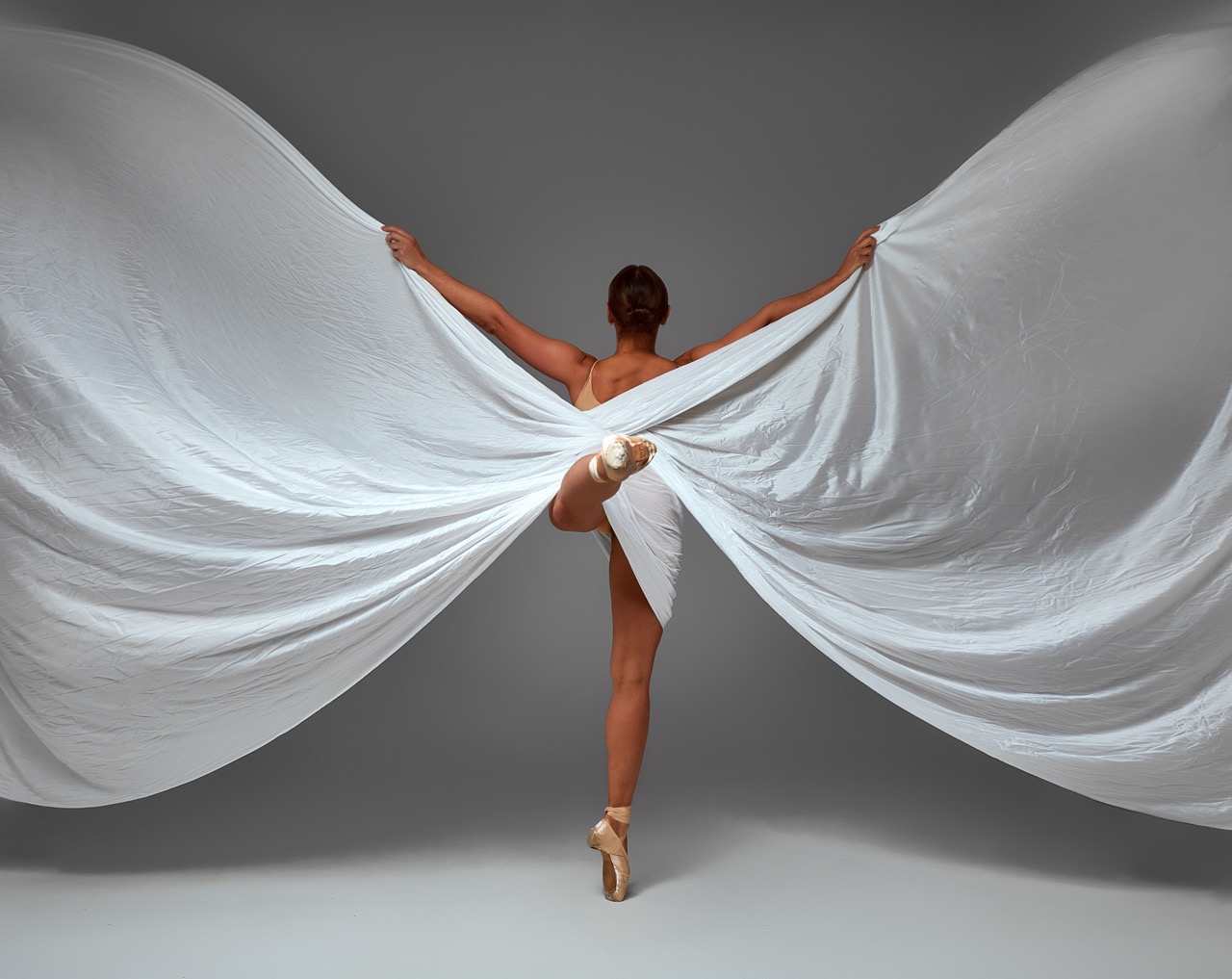In the ever-evolving realm of performance art, where innovation meets tradition, projection mapping has emerged as a transformative tool that offers unprecedented opportunities for artistic expression. One of the most captivating applications of this technology is in the realm of dance, particularly in how it can be used to alter the appearance of dancers’ wings mid-performance. This integration of digital art and movement not only enhances the visual spectacle but also deepens the narrative and emotional resonance of the performance. Here, we delve into the magic of projection mapping and its role in shaping the future of dance.
Transforming Dance: The Magic of Projection Mapping
Projection mapping is a technique that allows artists to turn any surface into a dynamic video display, transforming ordinary objects into extraordinary visual experiences. In the context of dance, projection mapping can turn a dancer’s wings into a canvas for vibrant imagery, animations, and patterns that shift and transform in real time. This technological art form enables choreographers to breathe new life into their work, as the dance is no longer limited to physical movement alone; it becomes an interplay of light, color, and form.
During performances, a dancer’s wings can morph from delicate feathers to expansive canvases of abstract art, or even to lifelike representations of nature. This transformation can be synchronized with the music and the dancers’ movements, creating a cohesive narrative that captivates the audience. As dancers glide across the stage, their wings can appear to flutter with the breeze, glow with ethereal light, or mimic the colors of the surrounding environment—all achieved through a seamless blend of choreography and technology.
The magic of projection mapping also allows for instant feedback and adaptation. As dancers perform, the visuals can respond dynamically to their movements, providing a sense of interaction that blurs the line between performer and projection. This interactivity not only enhances the aesthetic experience but also invites the audience to engage with the performance on a deeper level, as they witness the evolution of the visual narrative throughout the dance.
Elevating Aesthetics: Enhancing Wing Designs Live
The aesthetic impact of projection mapping on dance wings cannot be overstated. Traditionally, wings in dance performances are crafted from materials that may limit their visual potential, but with projection mapping, the design possibilities are virtually limitless. By layering digital imagery onto fabric wings, designers can create stunning visuals that change with each beat, adding layers of meaning and depth to the performance.
Imagine a performance where the wings initially appear as soft, luminescent clouds and then seamlessly transition into fiery phoenix feathers, symbolizing transformation and rebirth. Such visual storytelling enhances the emotional arc of the piece, allowing audiences to interpret and connect with the narrative on multiple levels. The adaptability of projection mapping means that each performance can be uniquely tailored to fit the theme, mood, and even the venue, leading to a truly one-of-a-kind experience each time.
Moreover, projection mapping enhances the dancer’s ability to express character and emotion through their wings. As the visuals evolve, so too does the audience’s perception of the dancer’s role within the story being told. This artistic elevation not only enriches the performance itself but also allows for a more profound connection between the audience and the art. The experience becomes a multisensory journey, where sight, sound, and movement converge in a celebration of creativity.
Technology Meets Art: The Mechanics Behind Projection
At the heart of projection mapping lies a complex interplay of advanced technology and artistic vision. The process begins with the meticulous design of the visual content, which can be created using graphic design software and animated in specialized programs. Once the visuals are ready, they must be mapped onto the three-dimensional contours of the dancer’s wings, a task that requires precision and an understanding of the physical space in which the performance will occur.
To achieve the desired effect, performers often work closely with technical teams to synchronize the projection with their movements. High-powered projectors are strategically placed to ensure that the visuals align perfectly with the wings, providing a seamless blend of motion and imagery. This requires not only technical expertise but also a strong collaborative spirit between dancers and technologists, making the creation of a projection-mapped performance a truly interdisciplinary endeavor.
Furthermore, real-time tracking technology can enhance this process even further. Using sensors and cameras, the projections can adapt dynamically to the dancer’s movements, ensuring that the visuals remain aligned even as the performance evolves. This level of interactivity transforms the dance into a truly immersive experience, where both the audience and the performers are enveloped in a living tapestry of art, light, and motion.
Captivating Audiences: The Future of Dance Performance
As projection mapping continues to gain traction in the world of dance, its potential to captivate audiences is becoming increasingly apparent. The fusion of technology and performance art invites viewers into a space where imagination knows no bounds. Audiences are not merely passive spectators; they are active participants in a shared experience that transcends the limitations of traditional dance.
The future of dance performances enhanced by projection mapping promises to be a rich tapestry of innovation. Imagine a world where every performance is an ever-evolving spectacle, where no two shows are the same. This possibility not only challenges dancers to continuously innovate their routines but also invites choreographers to tell stories in ways that resonate with contemporary audiences. The result is a fresh approach to storytelling that speaks to the collective human experience.
Moreover, as technology becomes more accessible, we can expect to see even broader applications of projection mapping across different styles and genres of dance. This democratization of technology will empower a new generation of artists to experiment with visual storytelling, merging cultures and ideas to create performances that reflect our diverse, interconnected world. In this brave new world of dance, projection mapping stands as a beacon of creativity, imagination, and artistic collaboration.
In conclusion, projection mapping is revolutionizing the way dance is perceived, performed, and experienced. By enhancing the visual landscape of performances and allowing for real-time alterations to wing designs, this technology bridges the gap between artistry and innovation. As we look to the future, it is clear that projection mapping will continue to reshape the performing arts, offering exciting new avenues for expression and engagement. The marriage of technology and dance not only redefines traditional boundaries but also inspires a new generation of artists to explore the limitless possibilities of their craft.


